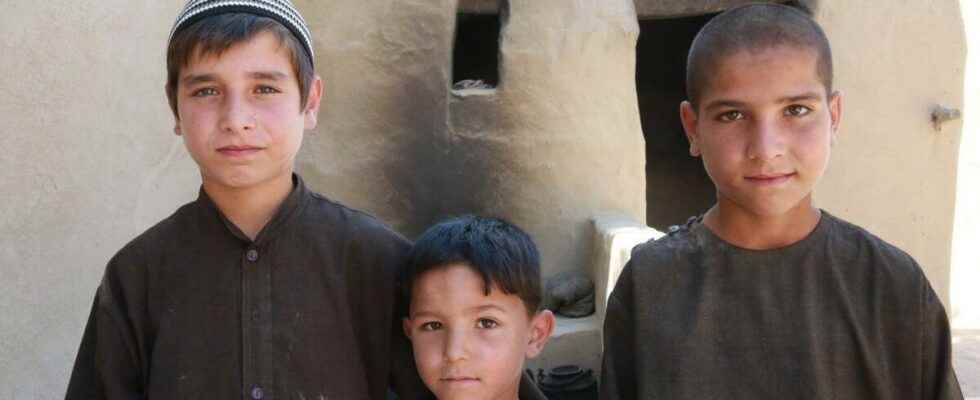Published: Less than 2 hours ago
full screen
Next
Siblings Fahim 10, Nasim 9 and Ramazan 8 live in Balkh province in northern Afghanistan. The family is dependent on agriculture, but the drought of recent years has meant that they cannot make a living or arrange food.
1 of 2 Photo: Aashiqullah Mandozai/Save the Children/TT
In Afghanistan, several million children struggle with a lack of food. Drought and floods have made the situation acute.
– Parents are forced to make choices that no one should have to face, says Chris Nyamandi at Save the Children in Kabul.
Chris Nyamandi has just returned to Kabul after a field visit where he visited some of the mobile health units run by Save the Children. As a site manager in Afghanistan, he testifies that the need for help is enormous.
– If the world’s leaders do not take action against climate change, it will only get worse, he says.
Conflicts and natural disasters
In the south-eastern regions, the country has been hit by widespread flooding which has resulted in families losing their homes and possessions. In the West, several years of drought have caused great famine.
According to a recent report from Rädda Barnen, 70 percent of children in the country are affected by extreme weather such as drought and floods.
In addition to extreme weather and natural disasters, Afghanistan is a country marked by conflict and violence. But climate change poses a gigantic threat to humans, a threat that is placed on top of everything else, according to Chris Nyamandi. He watches with concern how the world’s leaders, including the Swedish government, lower their climate ambitions.
– I can understand that leaders make certain decisions in economically difficult times and with conflicts such as the war in Ukraine. But the economic challenges will be even tougher if we don’t act to slow climate change, it will cost. Today, half of Afghanistan’s population goes hungry. If we don’t change our behavior today, what will happen in a few years?
Chris Nyamandi points out that this does not only apply to Afghanistan, but that there are many countries that are hit hard by extreme weather. In Afghanistan, the drought looks set to continue even in 2023. At the same time, floods have destroyed around 85,000 hectares of crops. The lack of drinking water is great in many parts of the country.
Little girls are married off
According to information from the organization, visits to the mobile health clinics by malnourished children under the age of five have increased by 50 percent compared to January this year. Right now, urgent humanitarian aid is needed.
– It’s about children being married off, little girls, so that the families can get food. Young girls and boys try to escape to others across borders and get caught up in trafficking. But in the long term, we must slow down climate change so that the situation does not worsen. There is no doubt that they make the crisis significantly more extensive, he says.
According to the UN, six million people are at risk of famine in Afghanistan. Many people’s situation will worsen during the winter. According to the UN’s head of humanitarian affairs, Martin Griffiths, $770 million, equivalent to SEK 8.2 billion, is needed to help millions of poor Afghans get through the winter.
Facts
A country with many crises
Afghanistan has been plagued by war for more than 40 years. The latest conflict began with the “war on terror” after the terrorist attacks against the United States in the fall of 2001. The US-led attack was directed against the Islamist Taliban government, which protected Osama bin Laden and the terrorist network al-Qaeda.
After the US left the country in August 2021, the Taliban once again rule Afghanistan. Millions of Afghans are on the run due to war, crop failure and drought.
A study conducted by the UN agencies FAO, UNEP and Afghanistan’s nature conservation agency shows that 80 percent of the conflicts in the country can be linked to natural resources.
Sources: Foreign Policy Institute, UN, Red Cross
Read more
